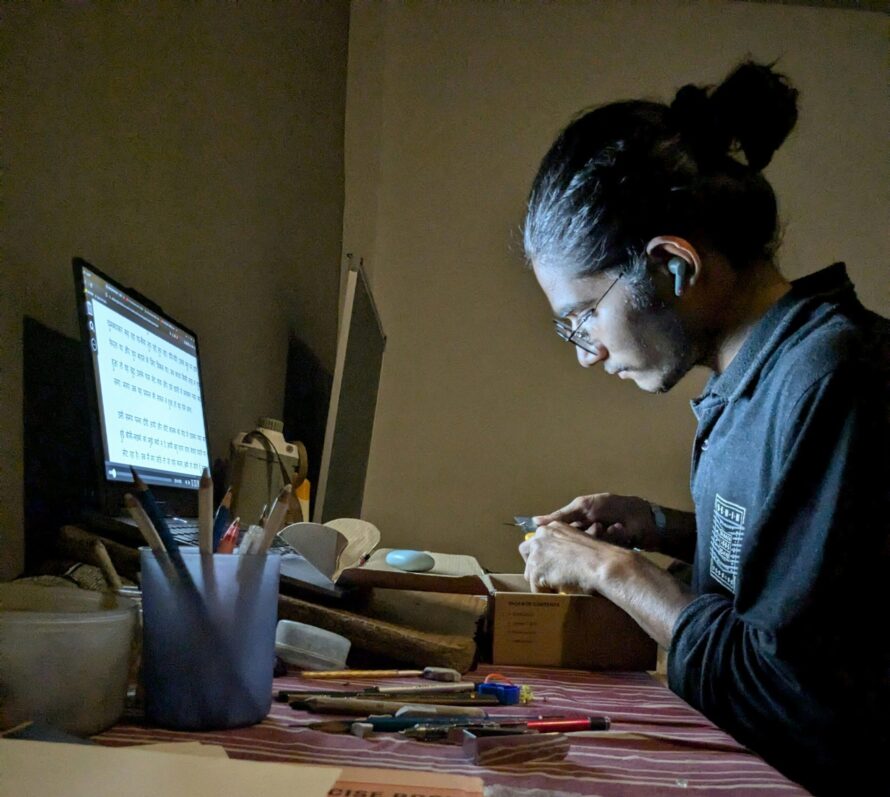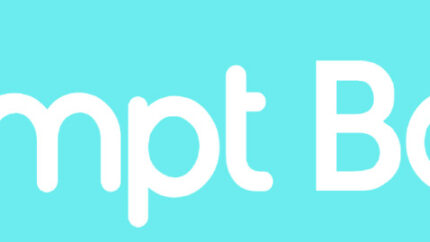The Day I Realized My “Little Project” Could Be Bigger Than I Thought
I still remember sitting at my kitchen table with my laptop and a lukewarm cup of coffee, staring at the small stream of sales from my first side hustle. It wasn’t life-changing money—just enough to cover my groceries for the week—but it lit a fire in me.
That was the first time I wondered: What if this side hustle could become more than just extra cash? What if it could actually be my full-time job one day?
If you’ve ever had that thought, you’re in the right place. This article isn’t just theory—it’s a mix of personal experience, hard-learned lessons, and the insights of others who have made the leap from side hustle to sustainable business.
Why Starting a Side Hustle Isn’t Just About Extra Income
Let’s be honest: most people start a side hustle because they need more money. Bills, student loans, or just wanting a little freedom fund—it all makes sense. But if your long-term goal is to turn it into your career, you’ll need to think beyond “extra cash.”
Here’s what I learned early on:
-
A side hustle tests your consistency. It shows if you’ll still work on it after an exhausting day at your main job.
-
It forces you to validate your idea without risking everything. If no one is buying, better to learn that while you still have a paycheck.
-
It gives you a safe space to experiment, fail, and improve before the stakes get high.
Think of it like a training ground. The side hustle phase is where you figure out if your idea has legs.
The Emotional Rollercoaster Nobody Warns You About
I wish I could say it was all smooth sailing, but in reality, side hustling felt like juggling while blindfolded.
There were nights I’d question if it was worth it at all. Was I just wasting time I could’ve spent relaxing after work? Or worse—time I should’ve been with family?
But here’s the flip side: every small win felt magnified. My first $50 sale? I celebrated like I’d hit the jackpot. The first time a stranger emailed me to say my product helped them? That’s when it started feeling real.
These emotional highs and lows are part of the journey. If you’re feeling them now, know you’re not alone.
How to Test if Your Side Hustle Could Be a Full-Time Business
Here’s the truth: not every side hustle is built to scale. Some are perfect for pocket money but not sustainable as a career. So how do you test if yours could make the leap?
1. Track the Numbers Beyond Revenue
I used to obsess over sales totals. But what really mattered was:
-
Profit margins (after expenses, how much am I actually keeping?)
-
Customer repeat rate (are people coming back or was it one-and-done?)
-
Growth patterns (is revenue slowly increasing month to month?)
If your numbers are trending upward—even slowly—you’ve got proof your idea has potential.
2. Stress-Test Your Time
Ask yourself: Could I realistically keep up with this if I doubled the workload?
For me, the wake-up call came when I realized I couldn’t do everything manually forever. I had to start learning automation tools, outsourcing small tasks, and creating repeatable systems.
If your hustle relies on you doing everything all the time, scaling will be tough.
3. Test Demand in Small Ways
Before I even thought about quitting my job, I tested demand:
-
I offered pre-orders.
-
I built a small email list.
-
I ran one $20 ad just to see if strangers would bite.
This was how I separated “friends buying to be nice” from real market demand.
The “Aha!” Moment That Changed Everything
My turning point was when I stopped thinking of my side hustle as “just extra income” and started treating it like a business.
That shift was everything. Suddenly, I wasn’t dabbling—I was building something. I created a simple business plan, tracked my goals, and reinvested profits instead of cashing out every dollar.
And here’s the kicker: once I changed my mindset, opportunities started showing up. A small collaboration. A surprise referral. Even bigger clients who took me seriously because I was taking it seriously.
Practical Steps to Move Closer to Full-Time
Build Systems Before You Need Them
Start small: batch your content, set up templates, use scheduling tools. The earlier you systemize, the easier scaling becomes.
Protect Your Energy
Burnout is real. I hit it hard in year two and almost quit everything. What saved me was creating boundaries: no side hustle work after 10 PM, one full day off per week, and clear “work mode vs. life mode.”
Reinvest Wisely
Don’t rush to quit your job at the first big month. Instead, use profits to:
-
Upgrade your tools.
-
Build an emergency cushion.
-
Invest in skills that help you grow.
Talk to People Who’ve Done It
One of the best moves I made was joining a small online mastermind group. Hearing real stories from people ahead of me gave me clarity and courage.
Case Study: From Weekend Project to Full-Time Business
A friend of mine, Sarah, started selling handmade jewelry on Etsy as a weekend hobby. Within six months, her sales were covering her rent. But instead of quitting her job right away, she doubled down on learning about branding, SEO, and scaling production.
Two years later, she walked away from her corporate job—with not just sales, but systems, customer loyalty, and a clear growth strategy.
Her story reminded me: it’s not about quick wins. It’s about building a foundation strong enough to carry your future.
FAQs: Questions People Ask Before Going Full-Time
Q: How much money should my side hustle make before I quit my job?
There’s no magic number, but many experts recommend at least 50–70% of your full-time income consistently for 6–12 months plus savings for slow months.
Q: How do I know if my side hustle is worth scaling?
Look for signs of repeat demand, steady growth, and customer enthusiasm. If people are recommending your product/service without being asked, you’re onto something.
Q: Should I tell my employer about my side hustle?
Depends on your workplace culture and contract. If it conflicts with your day job or affects your performance, it’s better to be transparent.
Q: What if I fail after going full-time?
Failure isn’t the end—it’s data. Many entrepreneurs restart or pivot. The skills you build (marketing, sales, time management) are transferable.
Key Takeaways
-
Treat your side hustle like a business, not just extra cash.
-
Test demand early and often before making big moves.
-
Build systems and boundaries to prevent burnout.
-
Don’t quit your job too soon—use side hustle profits to reinvest.
-
Growth is more about consistency than viral moments.
Final Thoughts: Testing the Waters Without Sinking the Ship
Looking back, I’m grateful I didn’t rush. My side hustle gave me a safe way to test my ideas, my discipline, and my resilience.
If you’re in the middle of it right now—juggling work, life, and that little business you hope will grow—remember this: the goal isn’t to sprint to the finish line. The goal is to build something strong enough to carry you for the long haul.
So test the waters. Celebrate the small wins. And when the time feels right, you’ll know you’re ready to dive in.

